LED lamps with motion sensor

LEDs are unique light sources that consume little energy while emitting a bright light output. Today they are used to make various lighting fixtures.
Among all this variety, an LED lamp with a motion sensor should be distinguished. The design appeared on the market relatively recently, but has already gained popularity among users.
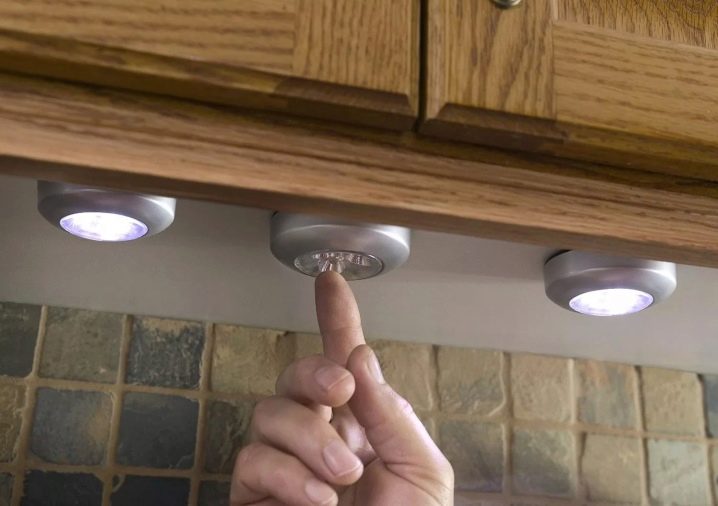
Design features
LED lamps are made in the form of a plastic or steel bulb, which is installed on a metal frame. Today, there are products with a motion and light sensor. They are much more practical than classical models, since they allow you to control the switching on of the system without human intervention.
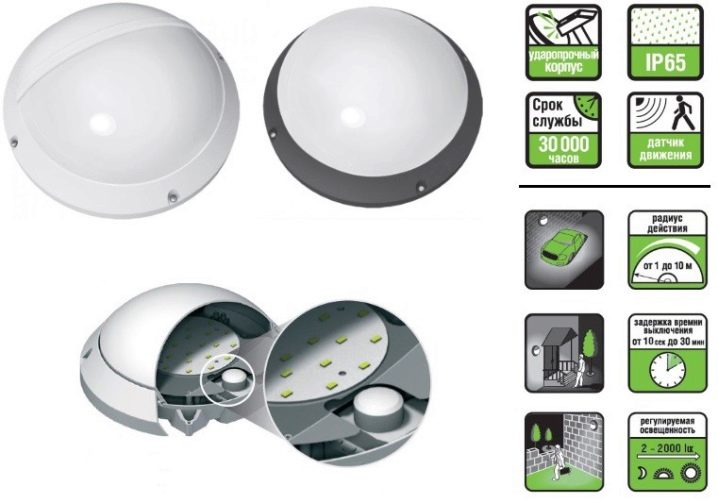
Such a structure consists of several basic elements:
- Frame. Often it consists of a base and a glass bulb, where the device is placed.
- LEDs. They connect to a special board and also have an aluminum frame for heat dissipation. They are located on the surface of the board along its perimeter in a different order. Please note that the number of LEDs may vary depending on the wattage and lamp manufacturer.
- Infrared sensor. This system consists of a signal emitter and a signal processor. It is mounted directly in the middle of the board, where the LEDs are located. All manufacturers try to minimize the distance from the IR sensor and protective glass. Such a system acts as a switch if a person enters the coverage area.
The range of the sensor varies in a different range, but often does not exceed 8 m.
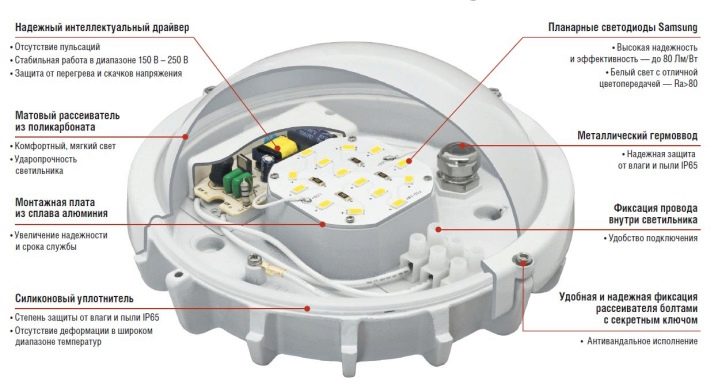
It should be noted that the motion sensor can also be connected to a standard diode lamp. But at the same time, this structure will be located outside the lamp housing. This makes it possible to adapt the area of its action to the specific needs of a person and eliminate dependence on the location of the lamp.
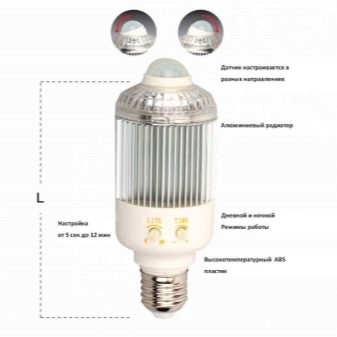
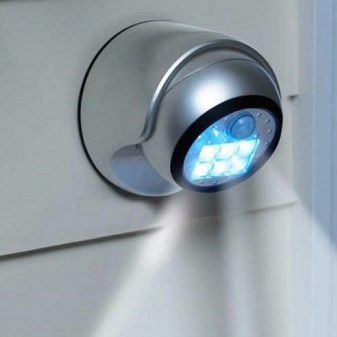
Operating principle
LED lamps with motion sensors are used quite often, as they are very convenient and practical. The operation of this system can be described in several sequential steps:
- The human body emits infrared radiation constantly. Therefore, if it enters the range of the sensor on the lamp, this flux reaches the Fresnel lens and the thermal sensor.
- After that, the mechanism analyzes the heat flow and, if it is quite powerful, turns on the light bulb. To do this, he connects the broken electrical circuit.
- When an object disappears from the range of the two-wire sensor, the device gives a signal to open the circuit. In some lamps, the system does not turn off instantly, but only after a certain period of time. In this case, the device shines, but only with a much lower brightness.
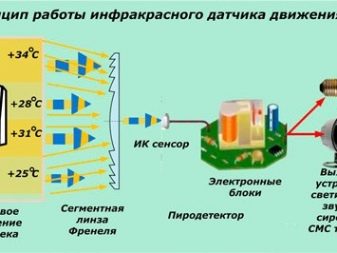
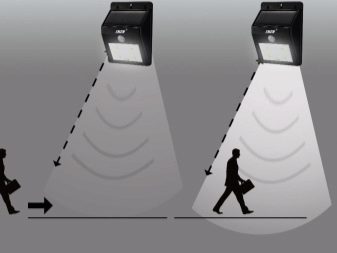
The work of the sensor can be provided both from the mains and using batteries. Therefore, such devices are suitable for both home and large industrial facilities.
Advantages and disadvantages
The use of LED bulbs with a motion sensor is a unique opportunity to make your home more comfortable. The popularity of these designs is due to several advantages:
- Remote turning on the light. This does not require moving the switch, which is responsible for a particular light bulb. Note that they are also complemented by switches, which allows the system to be controlled separately.
- Ease of installation. Outwardly, LED lamps are practically indistinguishable from their classic counterparts.They have the same base, which allows them to be screwed into standard holes.
- Light characteristics. These indicators also practically do not differ from other types of lamps. At the same time, there are several modifications of such products on the market, which allows them to be selected for specific working conditions.
- Profitability. This is due to the features of LEDs, which consume significantly less energy than other types of lamps. For example, one 5W LED fixture will replace a conventional 60W incandescent light bulb.
- Price. The price for such lamps is slightly higher than for other device models. But this is leveled by the long-term and reliable operation of the system.
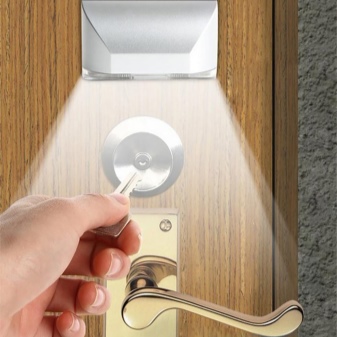
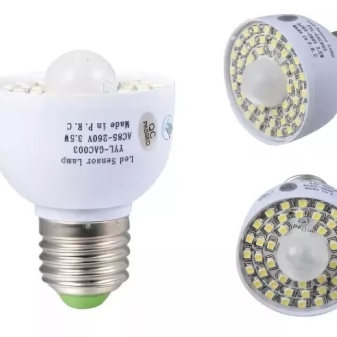
But motion sensor lamps are not universal and have several disadvantages:
- Possibility of false triggering. This is due to the fact that infrared sensors react to heat, which is also generated by other sources. The main problem is pets. But there are some device modifications that allow you to change the sensitivity. This in some way reduces the likelihood of triggering on animals.
- If the light bulb is installed outside, then it can turn on even in strong winds. This makes it impossible to control the operation of the system. Therefore, the best option would be to use light bulbs in the porches or inside the house.
- Place of installation. Often, such bulbs are installed inside the apartment, which allows her to control the entire room. But if the room is large, then it is important to choose the right mounting location. If the light bulb does not work at a certain moment, then this makes it simply useless. Please note that wall mounting limits the range of the device.
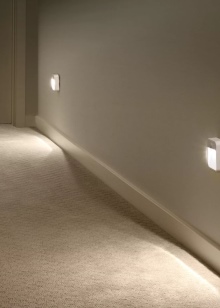
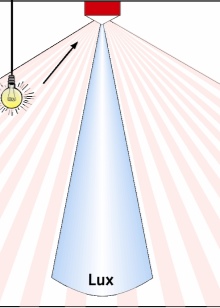
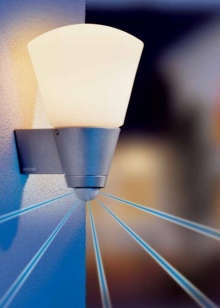
Device classification
LED bulbs with motion sensors can be divided into groups according to several criteria. Among them, one of the main ones is the type of sensor and its purpose. Depending on this, there are:
- Devices with motion sensors. They work on the basis of infrared radiation. Other types of sensors are practically not found, since they have a limited range or high cost.
- Light bulbs with sound sensor. They work when exposed to acoustic waves. At the same time, the volume of the signal can also be adjusted, which makes it possible to exclude the inclusion of lamps with the voice of animals or street sounds.
- Products with light sensors. This type of sensor allows you to turn on the light at a certain period of the day. They are used as separate devices quite rarely, since they do not allow efficient use of energy. Often they are complemented by infrared sensors that work in tandem with them.
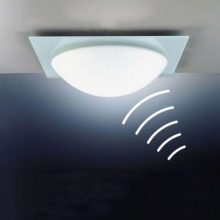
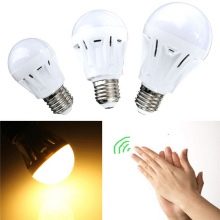

As for the LED lamps themselves, there are also several types of them.
They are classified according to the color of the luminous flux:
- White. The devices are intended for outdoor use.
- Neutral. Bulbs of this type also emit white, but they are already used in the organization of lighting in industrial facilities.
- Yellow. Warm luminous flux that is perfect for living spaces.
- Multi-colored. Bulbs of this type are mainly used for interior decoration as auxiliary systems.

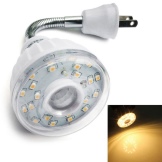
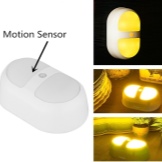
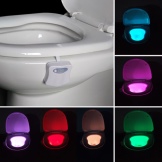
Criterias of choice
Light bulbs with motion sensors are a kind of classic models, but only with improved functionality. When buying LED modifications, you should pay attention to several indicators:
- Device power. Often the intensity of the luminous flux and its brightness depend on it. These parameters are selected only for personal needs.
- The power of light. This value is indicated in lumens on each device. The higher it is, the brighter the luminous flux.
- Temperature color. Conventionally, radiation is divided into cold and hot. Cool shades start with light temperatures above 5,000 K.In the lower range, the luminous flux is warm and yellow.
- The radius of the sensor and the ability to configure it. Today, sensors can be triggered depending on various parameters. It is important that they only do this in a certain place and at the right time.
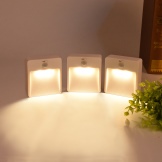
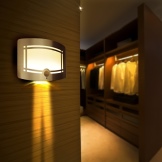
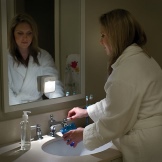
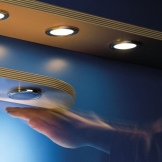
Motion sensing LED bulbs are unique designs that are perfect for both industrial and residential applications.
Give preference only to products from well-known manufacturers. This will ensure long and reliable operation of the entire system.
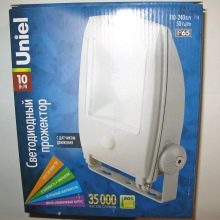
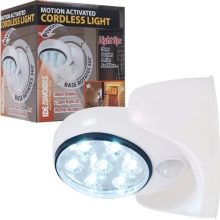
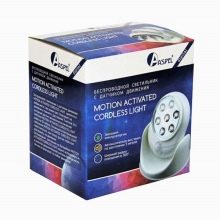
Further, an overview of the LED lamp with a motion sensor.













The comment was sent successfully.